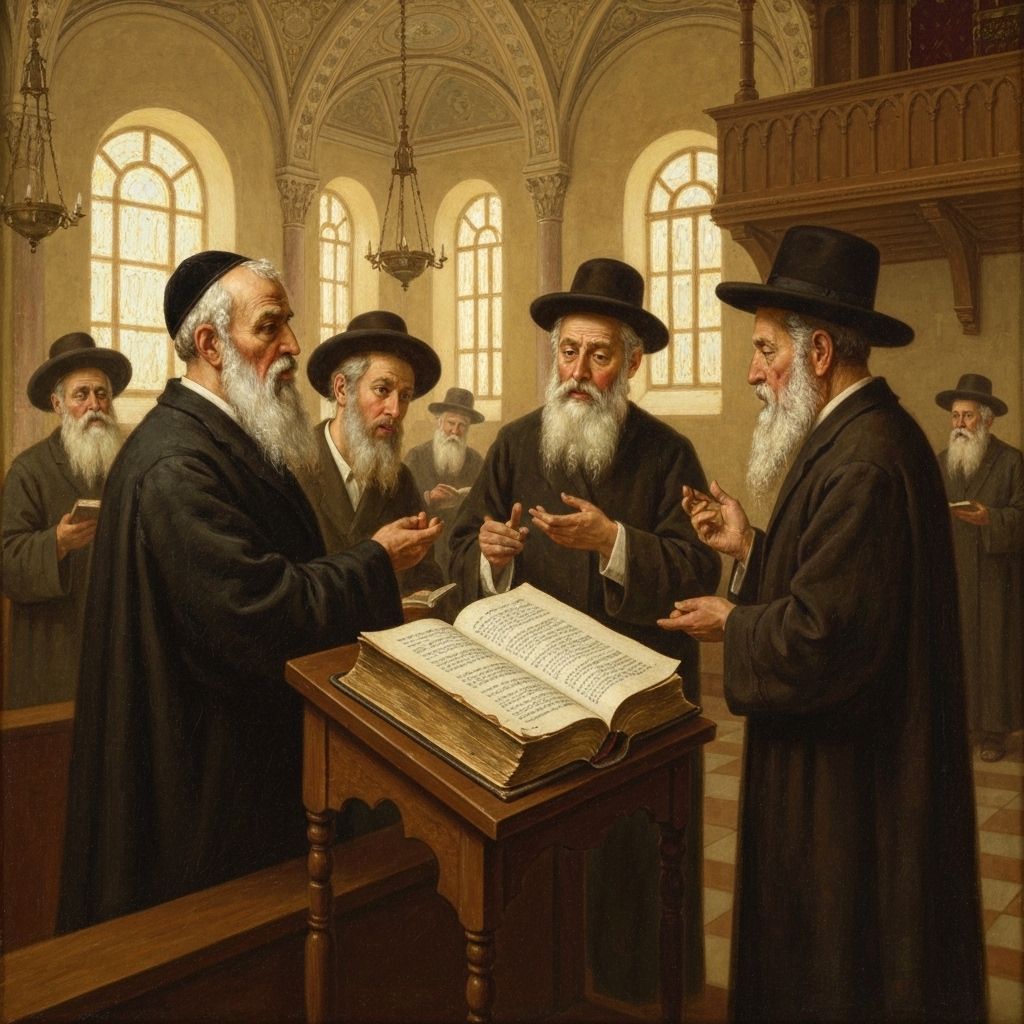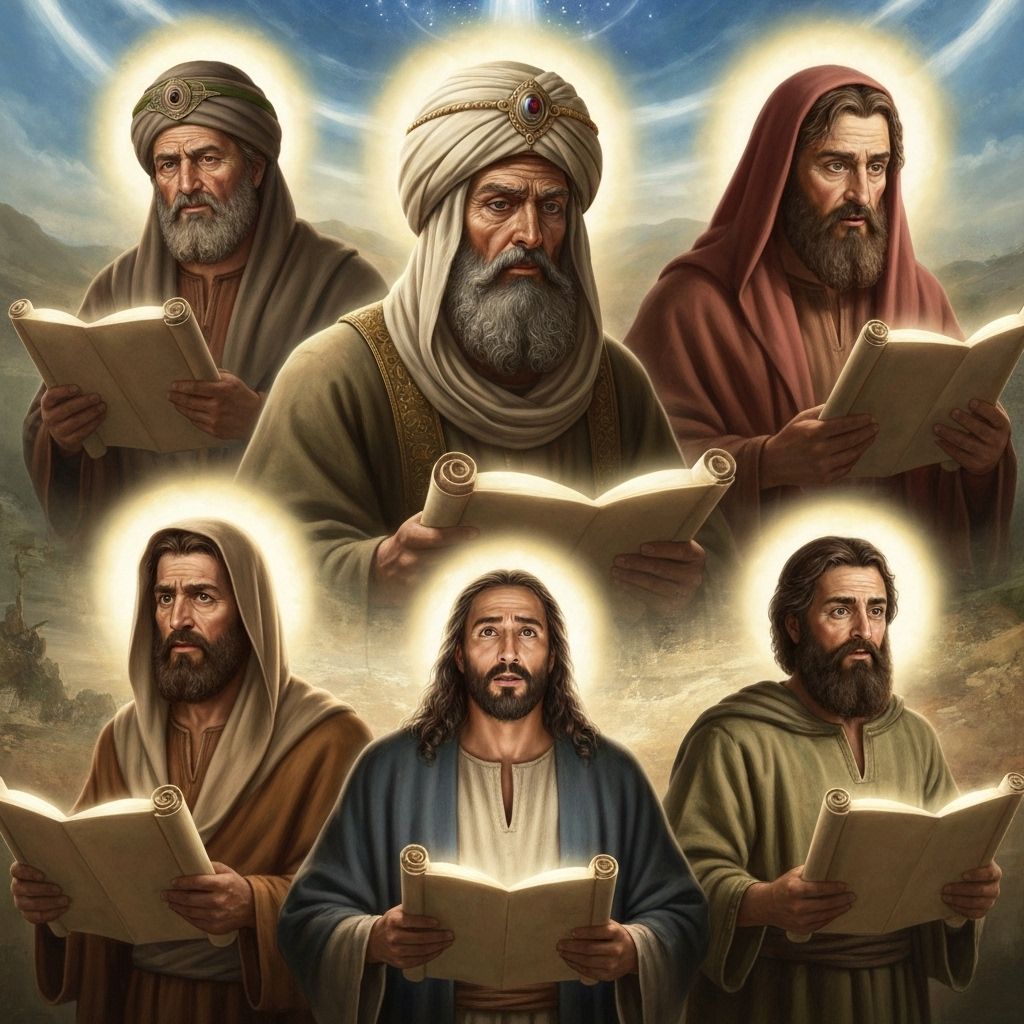3-Minute Summary
The Words of the Torah Explained with Help from Rashi and Ramban
Rashi (1040-1105) was a medieval French rabbi whose commentary on the Torah and Talmud is considered essential reading. His explanations focus on the plain meaning of the text and are known for their clarity and accessibility.
Ramban (1194-1270) was a Spanish rabbi, physician, and philosopher who provided deeper mystical and philosophical insights into the Torah, often building upon Rashi's work while adding his own profound interpretations.
Parsha Devarim marks the beginning of Moses' final book, Deuteronomy (Devarim means 'words'). Standing on the eastern bank of the Jordan River, Moses delivers his farewell address to the generation that will enter the Promised Land. He reviews the journey from Mount Sinai to their current position, providing both historical context and practical wisdom.
Moses recounts the appointment of judges and leaders at Jethro's advice, the sending of spies to Canaan, and the disastrous consequences of their negative report. He describes how the people's lack of faith led to the decree that the exodus generation would not enter the land, while the current generation would inherit it.
The parsha emphasizes themes of leadership accountability, the importance of faith over fear, and the need for clear communication. Moses presents himself not just as a lawgiver, but as a teacher and mentor preparing his people for independence.
This opening portion sets the stage for Deuteronomy's focus on covenantal renewal, ethical living, and the practical application of Torah principles in the land of Israel.








